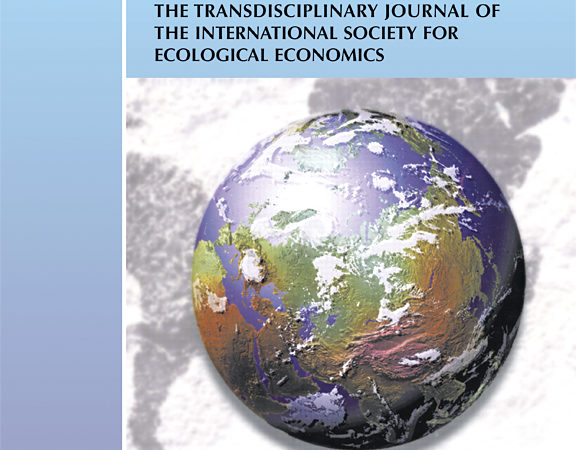
Monitoring is a key aspect of payments for ecosystem services (PES) schemes, providing a basis for payments. PES monitoring however presents challenges, including in balancing technical accuracy with cost, local equity and le- gitimacy. This is particularly true in smallholder carbon PES, where managers have limited resources and capac- ity. Here we explore ways to improve monitoring in smallholder projects. We looked at two well-established projects in Uganda and Mexico, and appraised five monitoring methodologies: two remote sensing and three field measurement approaches. Each methodology varied in data resolution, methodological complexity and de- gree of local participation. We collected quantitative and qualitative information on four aspects of performance: accuracy; costs; local equity; and local legitimacy. We show that methodologies with greater data resolution and local participation performed better in all four aspects, while greater methodological complexity was not associated with significantly improved performance. We conclude that monitoring in smallholder and other types of PES may be improved through: 1) devolving analyses to the local level; 2) communicating to stakeholders a distinction between ‘applied’ and ‘scientific’ accuracy; and 3) documenting and communicating the diverse functions of monitoring, referred to here as co-benefits – a contrast to simple ‘monitor and pay’ conceptions of PES.








